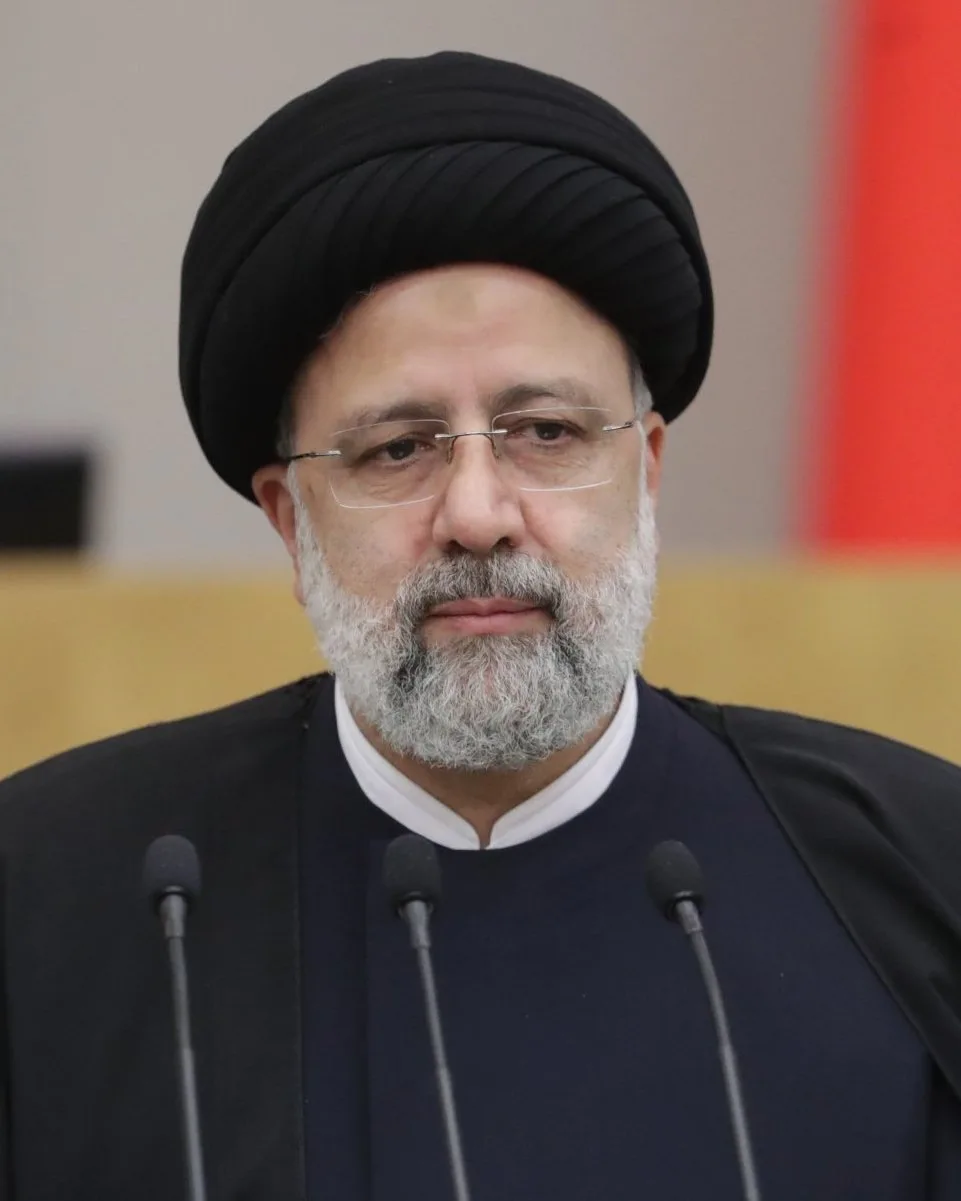The Islamist regime in Tehran is getting more and more blood on its hands. 582 people were executed in Iran last year, which is 75 percent more than the year before.
The number of executions in the mullahs’ Iran in 2022 was the highest since 2015. The figures are presented by Oslo-based Iran Human Rights (IHR) and Sammen mot dødsstraff (ECPM) in Paris, which together are behind a report on this macabre development.
NTB-AFP reports on the case.
It is very serious that the number of executions in Iran is increasing. Norway rejects the death penalty in any context. Norway has called on Iran to immediately stop executions and strongly condemns the death penalty against minors, says Foreign Minister Anniken Huitfeldt (Ap) in a comment on the figures.
The IHR and ECPM condemn the leadership in Iran for spreading fear among the population after the protests that broke out in September. The protests started after 22-year-old Mahsa Amini died in the custody of the notorious morality police.
Document has mentioned these riots in several cases before, see below.
The authorities in strongly Islamist Iran have responded by cracking down hard on the protests. Four men have been hanged after being sentenced to death in connection with the unrest.
These clearly politically motivated executions triggered international condemnation, which may have made a certain impression on the leaders in Iran.
The international reactions have made it difficult for Iran to continue with these executions, says IHR chief Amiry Moghaddam.
But the political prisoners are far from feeling safe. According to the report, 100 protesters are still at risk of being executed after being sentenced to death or prosecuted for conditions that could result in the death penalty.
Drug convicts are hanged
More than half of those who have been executed since the protests started – and 44 percent of all those executed last year – were convicted of drug offences. That is twice as many as the previous year and as many as ten times as many as the number of drug-related executions carried out in 2020, according to the report.
With the high number of non-political executions, the regime is helping to keep the fear in the population high, without incurring as much international condemnation, the human rights groups believe.
It looks as if the regime has singled out certain groups in the country and punishes them particularly harshly.
According to the report, 30 percent of those executed come from the Sunni Muslim minority group Baluchis, despite the fact that they make up only 2-6 percent of the population in predominantly Shiite Iran.
Kurds and Arabs also make up a larger second of those executed than the size of these minority groups would indicate. This applies in particular to those who are executed for drug offences.
The death penalty is part of the systematic discrimination and extensive oppression of ethnic minorities in Iran, the report states.
The activist groups around the world who otherwise see and ignore racism almost everywhere, however, have not been particularly concerned that the regime in Iran kills people based on ethnicity.
Around half of those executed – a total of 288 – were convicted of murder.
Far more shocking is that at least three of those who were executed were minors when the offences for which they were convicted were committed. There were at least 16 women among those executed.
Two people, including the protester Majidreza Rahnavard, were hanged in public, to the horror and as a warning. This is how this type of regime behaves.

